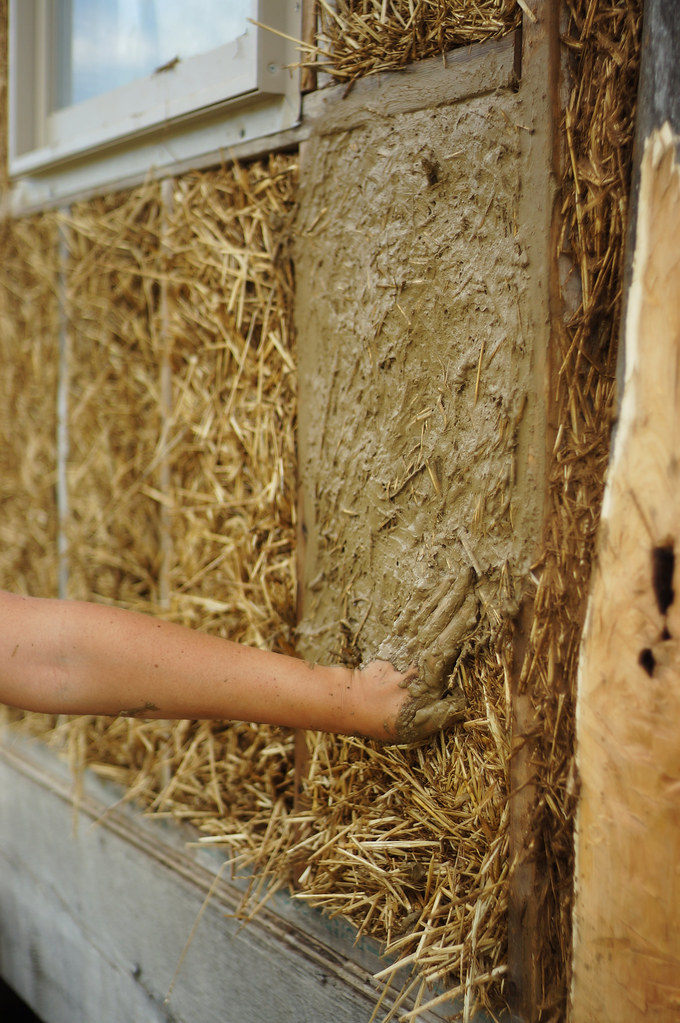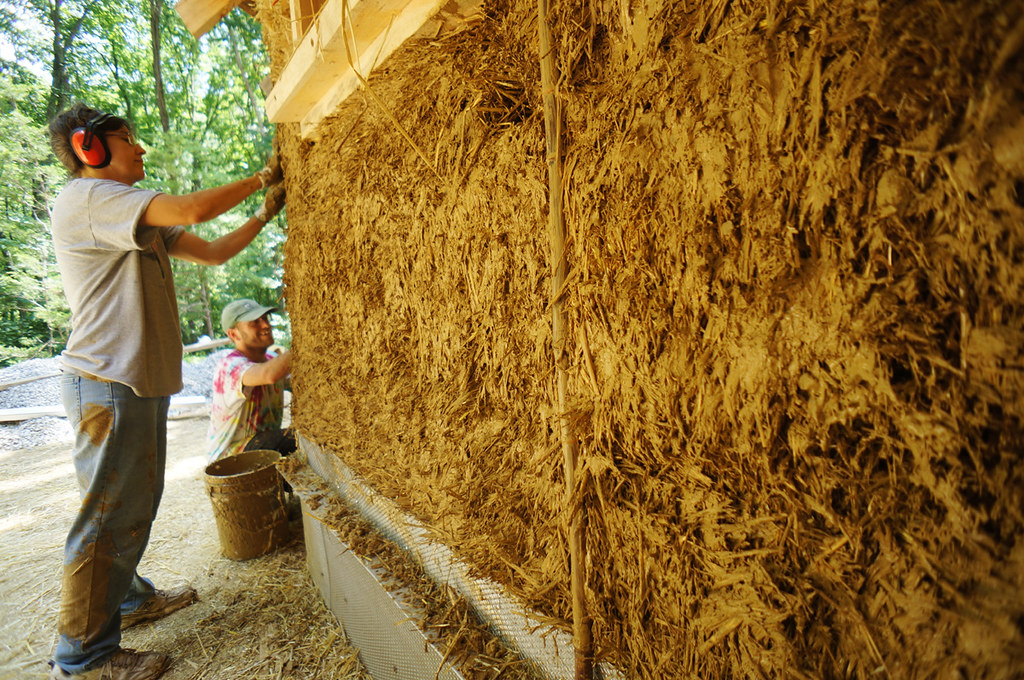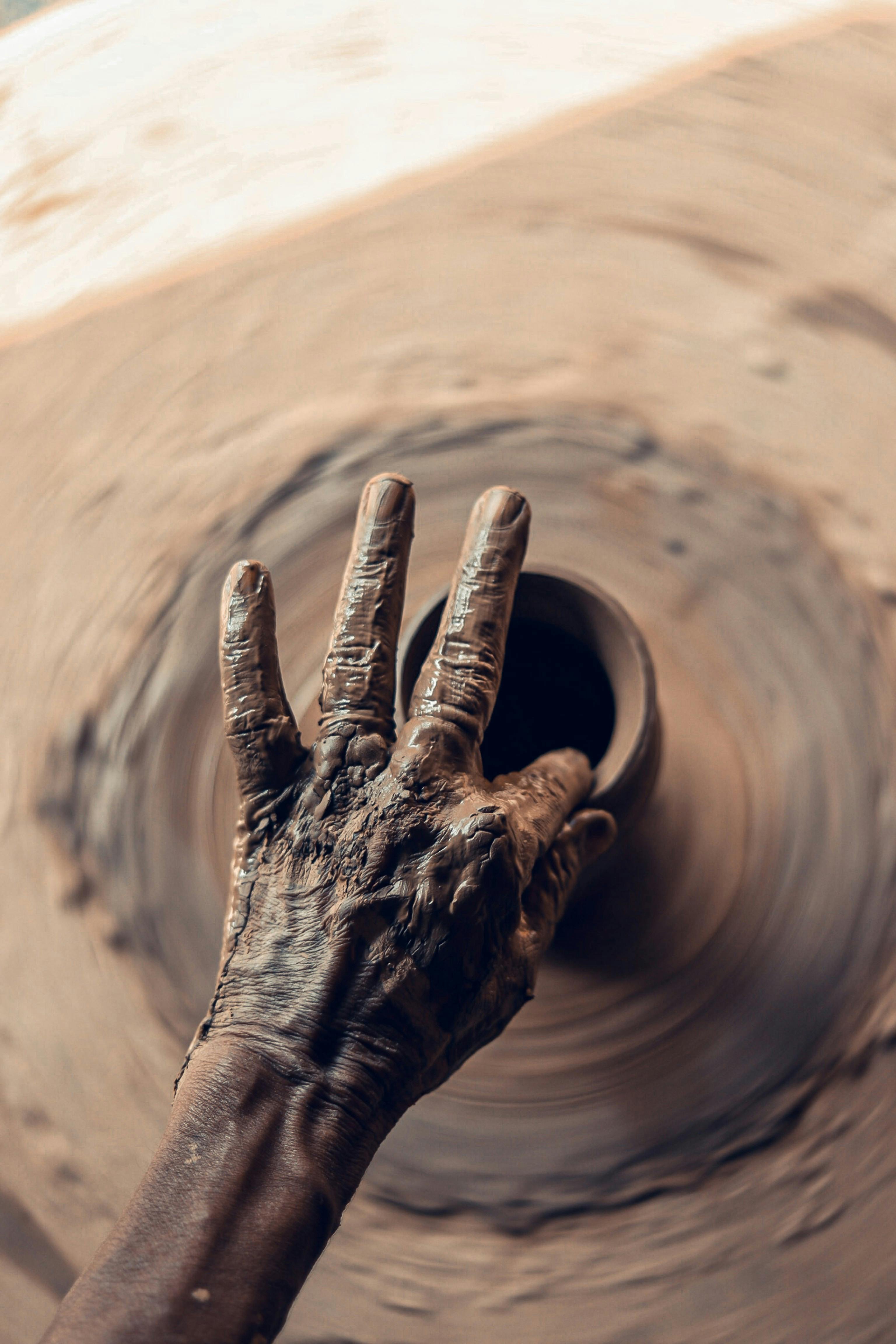 What is scoring in ceramics? Scoring is a crucial technique used by ceramicists to connect separate pieces of clay effectively. This process involves creating rough indentations or marks on the clay surfaces that are to be joined, allowing for better adhesion when combined with slip, a liquid mixture of clay and water. This time-tested method ensures the structural integrity of ceramic pieces, whether creating intricate sculptures or simple, functional pottery.
What is scoring in ceramics? Scoring is a crucial technique used by ceramicists to connect separate pieces of clay effectively. This process involves creating rough indentations or marks on the clay surfaces that are to be joined, allowing for better adhesion when combined with slip, a liquid mixture of clay and water. This time-tested method ensures the structural integrity of ceramic pieces, whether creating intricate sculptures or simple, functional pottery.

| Step | Description | Purpose |
|---|---|---|
| 1. Marking | Use a tool like a needle or serrated rib to scratch the clay surfaces. | Create texture to increase grip and bond strength. |
| 2. Applying Slip | Brush or apply a slurry of clay and water onto the scored areas. | Acts as a glue to fuse the clay pieces together. |
| 3. Joining | Align and press the scored and slipped surfaces together firmly. | Ensures the pieces are securely bonded during drying and firing. |
Essential Techniques for Effective Scoring
When it comes to ceramics, scoring isn’t just an optional step—it’s absolutely foundational. This technique is like the secret handshake among your clay pieces, ensuring they merge into a cohesive whole. While it might seem simple at first glance, mastering scoring involves understanding a few tricks of the trade.

Firstly, choosing the right tool for marking is crucial. While a needle tool or serrated rib is a popular choice, even a regular fork can do the trick in a pinch. The idea is to create uniform scratches or indentations in the clay, ensuring they are neither too deep nor too shallow. Too deep, and you risk weakening the clay; too shallow, and the bond might not hold efficiently.
The Slip Application Secret
Let’s talk about slip—a magical potion in the ceramic world. It’s simply a mixture of clay and water, yet its power to bind is remarkable. However, the consistency of your slip is vital. Imagine running batter—thick enough to cling but not so runny it drips everywhere. This balance ensures the slip effectively fills the scored indentations, forming a strong, lasting bond between the pieces.

Using a brush to apply slip allows for a more controlled and even application. A hint for the seasoned and the novice alike: once you’ve brushed the slip on your scored surfaces, allow it a moment to settle. This enables the slip to penetrate the indentations properly, enhancing the adhesive qualities before you join the pieces.
Mastering the Join
The joining phase is where your patience and precision pay off. Aligning the pieces correctly is crucial. Misalignment leads to weak bonds that may not withstand the rigors of drying and firing. Once the pieces are aligned, apply gentle yet firm pressure to meld them together. This step inspires a subtle dance between force and finesse—too much pressure might deform your piece, yet too little can result in a weak bond.

Weighted tools or gentle hand pressure ensures the joined pieces remain in contact as they dry. While this might not sound critical, it can significantly affect the outcome of your project—especially when making pieces like handles or appendages that need to bear weight or stress.
Tips for Avoiding Common Mistakes
Even experienced ceramicists encounter bumps along the road. Here are some pitfalls and how to steer clear of them:
- Never hurry the scoring process. Incomplete or uneven scoring leads to weaker bonds.
- Ensure your slip isn’t too thick. Thick slip may not penetrate the scored areas thoroughly.
- Avoid rushing the drying process. Allow your piece to dry slowly to prevent warping or cracking.
- Be conscious of your alignment during joining. Misalignment can result in a structurally unsound piece.
Taking these points to heart can help refine your technique, making every ceramic project a successful endeavor. For more ideas on incorporating creative designs into your projects, explore these slab box ceramics ideas.
Have you tried any unique techniques or innovative tools in your scoring process? Share your experiences and join the conversation in the comments below! Check out our recent articles for more insights and updates in the world of ceramics and design.
Learn More with Lisa’s Art and Makerspace
What is scoring in ceramics? Scoring is a crucial technique used by ceramicists to connect separate pieces of clay effectively. To gain a deeper understanding of this process, watch Lisa’s Art and Makerspace video on Slip, Score, and Blend, where basic clay techniques are demonstrated in detail.
Scoring is truly one of those fundamental yet transformative techniques in the world of ceramics. By properly scoring your clay pieces, you ensure strong, seamless connections that elevate the overall quality of your work. Whether you’re a beginner or a seasoned potter, mastering scoring can make a significant difference in your ceramic creations.
Stay Connected and Keep Creating
I’d love to see how you apply scoring in your own projects! Feel free to share your progress and connect with our community on Instagram. Staying connected allows us all to learn and grow together in this beautiful art form. Happy crafting!
